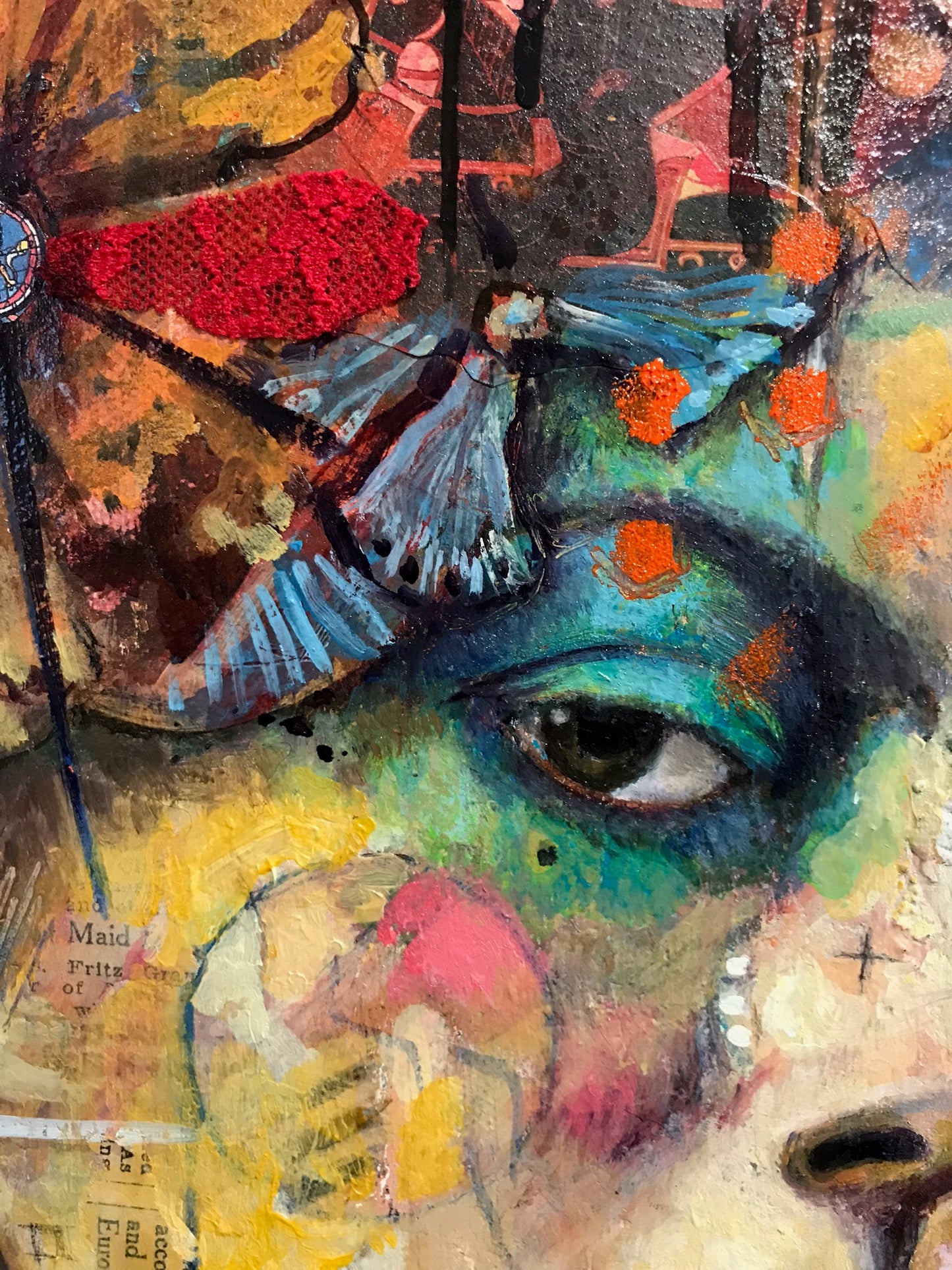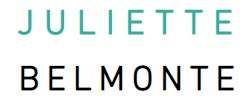Juliette Belmonte Art
Pre-recorded- Do at your own pace Non-traditional Painting Methods and Materials Full Course
Pre-recorded- Do at your own pace Non-traditional Painting Methods and Materials Full Course
Couldn't load pickup availability
This is an online course- the video will be sent out directly after purchase.
This recording is an excerpt from a four-part course which was taught live.
It is roughly 8 hours of instruction. You can do this course at your own pace- does not include any live teaching or personal feedback.
Creating Dynamic and Authentic Art with Mixed Materials and Methods
Whether you work on portraits, abstract or landscapes; you can push and heighten your work.
Artists will work with a variety of traditional and non-traditional materials and learn how to integrate them into their work as a means of expression and visual storytelling. By using unexpected tools, found objects, painting techniques and personal materials, we’ll interpret experiences, immediate surroundings and circumstances into strong visual language to create more authenticity in our art.
Exercises and discussions will include:
- Techniques for applying a variety of material and found objects.
- Acrylic painting techniques
- Layering and incorporating meaningful material to create visual and emotional depth.
- Intuitive mark making and writing.
- Creating texture
- Creating narrative and engagement through use of personal objects and imagery
- Striking a balance with process, intuition and playfulness.
What you’ll need:
This workshop is not a step by step tutorial on how to achieve one look or one style but rather a series of techniques and practices that can be used to apply to your own work and fit into your existing studio practice.
In addition, please bring whatever substrate you are comfortable using such as canvas, wood panels, boards or mixed media paper. You can use whichever size you are comfortable with.
Materials:
You can use any acrylic and mediums that you like.
For example, I like Golden brand, Utrecht , Liquitex, Winsor and Newton ( there are many more).
The paint colors I listed below are Just suggestions. It is not necessary to have every one of these paint colors. For example, if you have raw umber instead of burnt umber or cadmium yellow hue. lemon yellow or medium yellow instead of cadmium yellow light- that is fine! In most cases I suggest you use what you have and supplement your supplies after the class when you decide what you’d like to incorporate.
Suggested Acrylic Paints:
-
Zinc White
-
Titanium White
-
Black (any)
-
Yellow Ochre
-
Burnt Umber
-
Cadmium Yellow Light
-
Cadmium Red light
-
Ultramarine Blue
-
Pthalo Green
-
Turquoise Blue or Teal
Mediums:
In this video, I am primarily using Golden brand heavy gel . You can use any brand medium that you like and any viscosity and sheen ( matte, gloss, semi-gloss) as long as it is strong enough to be used as an adhesive and is compatible with your acrylic paint.
Other Materials:
The only "specialty" item we'll be using in this video is bleeding art tissue. If you'd like to experiment with the techniques shown in this video, bleeding art tissue is very inexpensive and can be found at any art store.
Here's a link to purchase from DickBlick:
https://www.dickblick.com/products/spectra-deluxe-bleeding-art-tissue/?fromSearch=%2Fsearch%2F%3Fsearchword%3Dbleeding%20art%20tissue
-
Palette knife or spatula
-
A variety of small and large brushes that you’ll be comfortable working with as long as they are suitable for acrylics. Be sure to include a couple of detail brushes and larger brushes for background etc. You may want to also include a wide, 2 inch inexpensive brush for applying mediums.
-
Palette ( disposable paper palettes work well )
-
Drawing materials such as pencils, markers, charcoal, scrap papers.
-
Spray bottle for water
-
Rags or shop towels.
-
Your choice of mixed media- ephemera, fabrics, found objects, etc.
For example: playing cards, newspapers, maps, phonebooks, ads, postcards, parking tickets, old letters, old photographs, paper bags, business cards, ticket stubs & stamps.
Enjoy!


